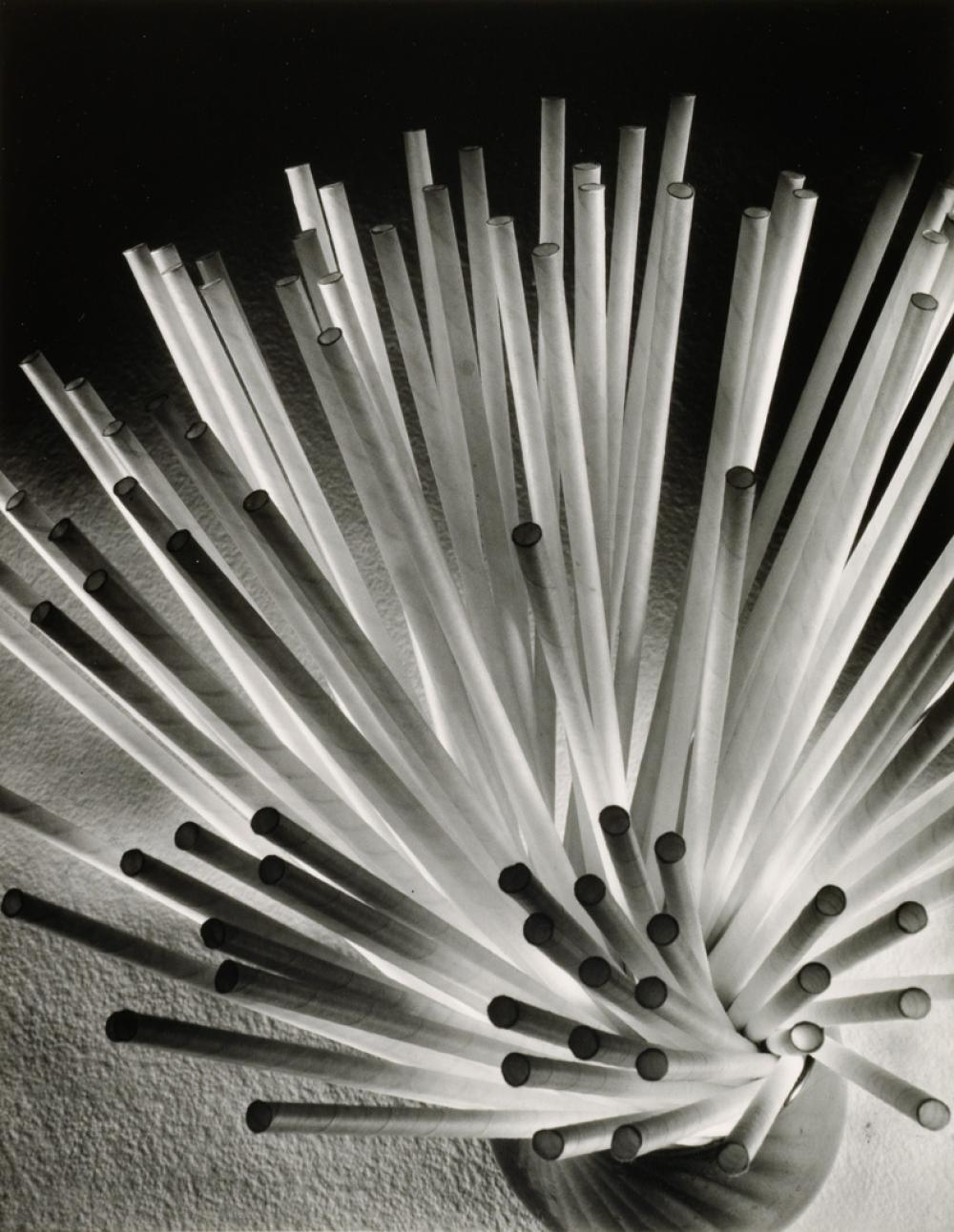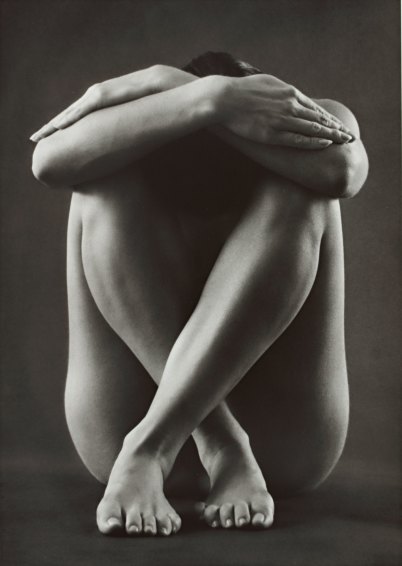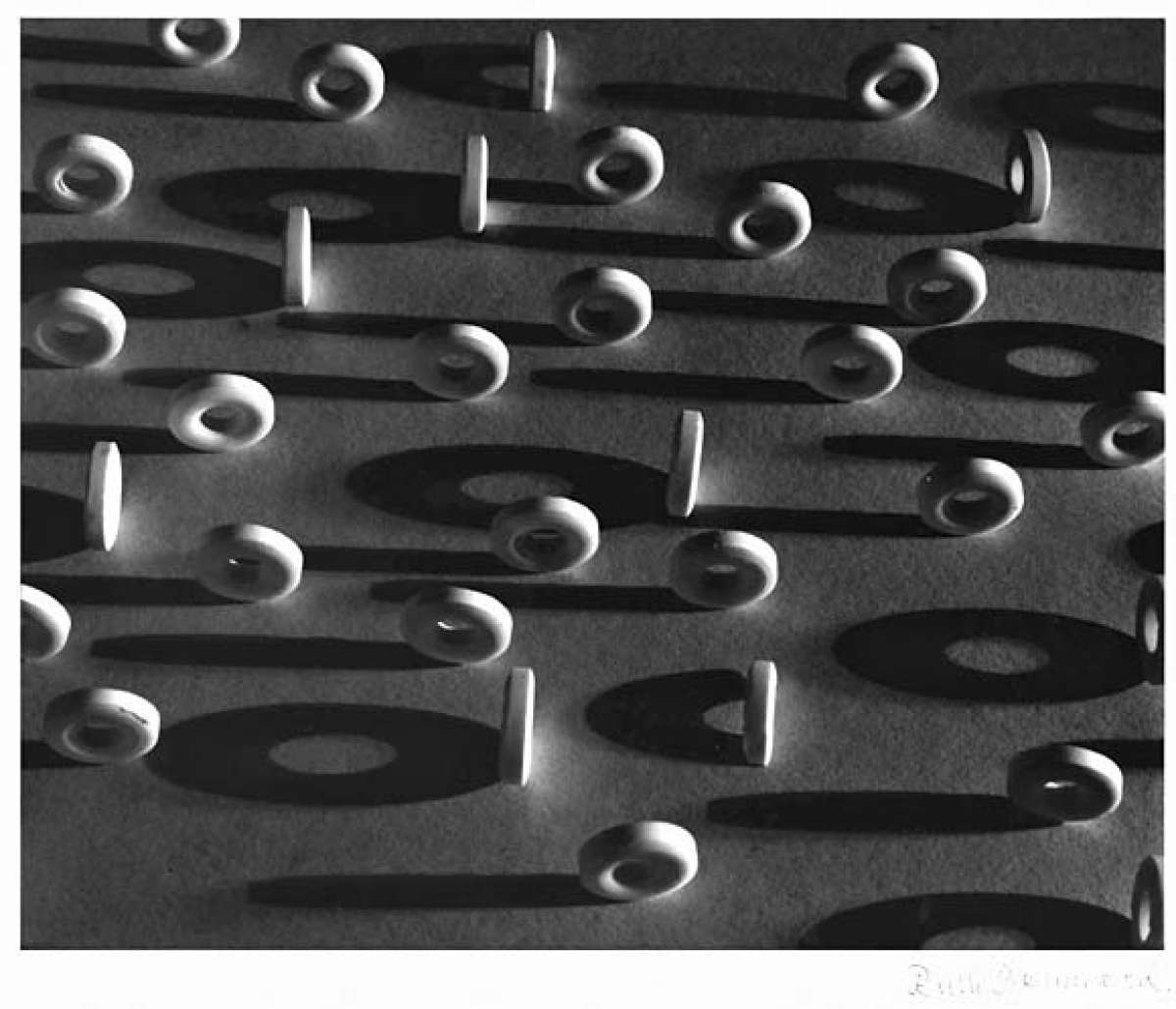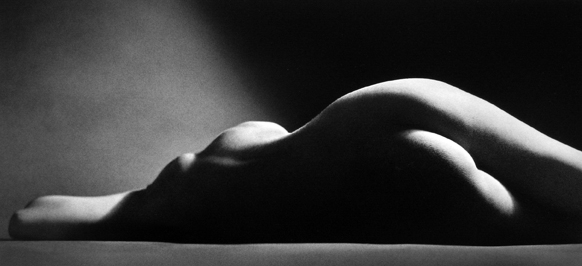Ruth Bernhard had quite a life. Born in 1905 in Berlin, in what was then the Prussian Empire, she went through the horror of World War I as a child. Her parents divorced when she was two and she hardly saw her mother afterward.
Her father was Lucian Bernhard, a famous graphic designer and artist, who became her champion and encouraged her to find her own voice.
She came of age in the Weimar Republic, that cauldron of arts and ideas, where Bauhaus aesthetics and ideals reigned supreme.
I wonder if her unconventional upbringing didn’t help her in a way as she was unburdened with society’s expectations of women. Ruth Bernhard was left free to become who she wanted to be and create the images she wanted to see — a rare thing for women at that time.


Ruth Bernhard moved to New York in 1927 and soon after started her photography career. She frequented other artists and became a fixture in the lesbian world, moving back and forth between the East Coast and California, before settling for good in San Francisco where she died in 2007 at 101 (!!).
Her female nudes are her more well-known works – and rightly so as they are stunning. But I’ll admit a fondness for her still-life photographs. They are very graphic and, at times, abstract. Look at the image she created using simple straws! Or the one with the Lifesavers candies! Her approach transcends her subjects and turns them into otherworldly aliens.
Ruth Bernhard might not be the biggest name in photography history (and not everything she did stood the test of time), but she deserves a second look.
After all, Ansel Adams, who knew a thing or two about photography, hailed her as “the greatest photographer of the nude” (high praise indeed!).
“If you are not willing to see more than is visible, you won’t see anything.” Ruth Bernhard

© Ruth Bernhard
Disclaimer: Aurelie’s Gallery does not represent Ruth Bernhard. My “Photographers I love” series is purely for inspiration and to encourage discussion.
